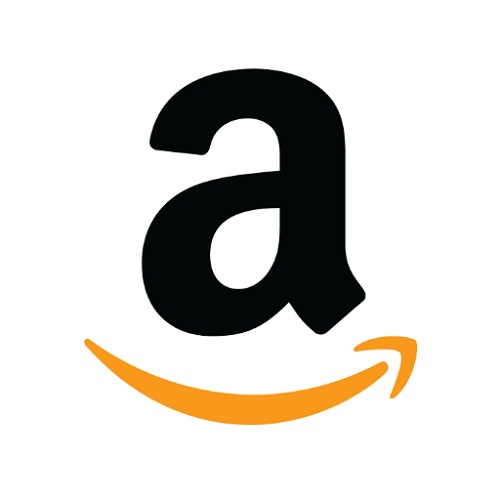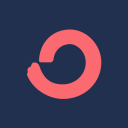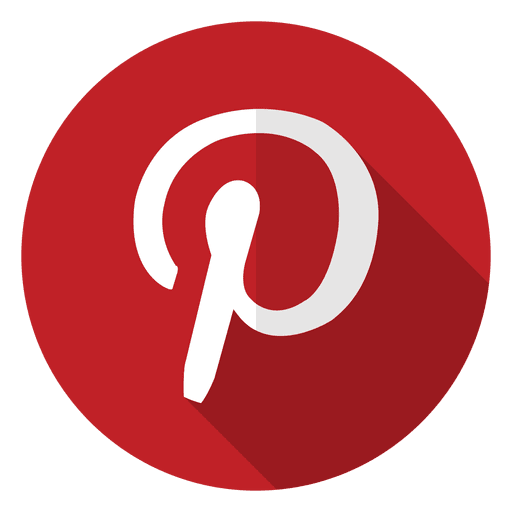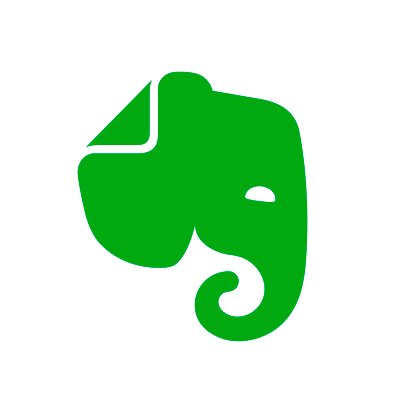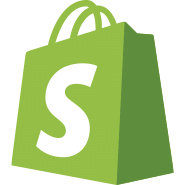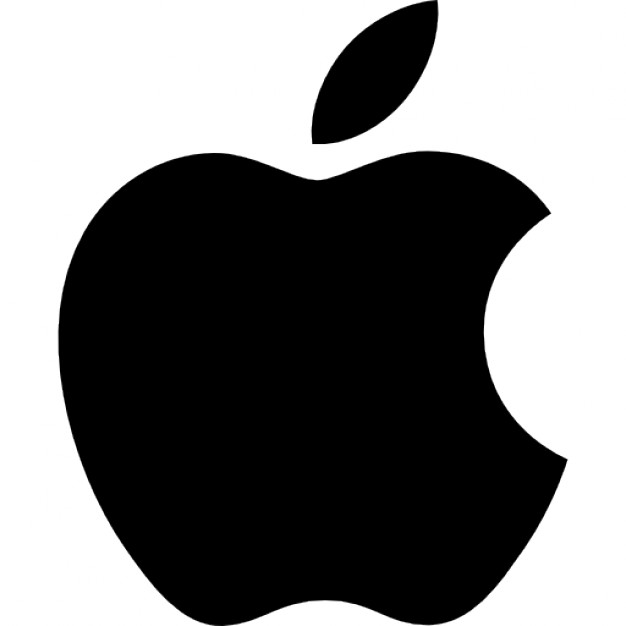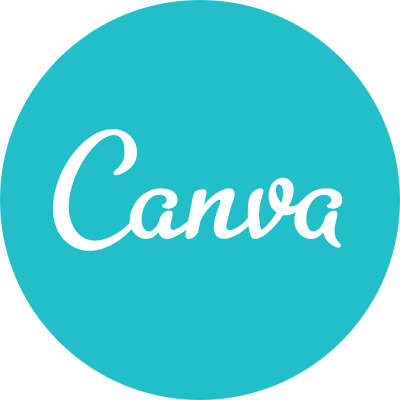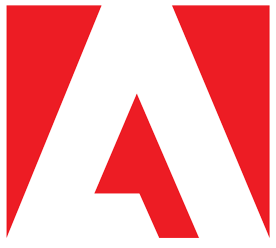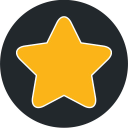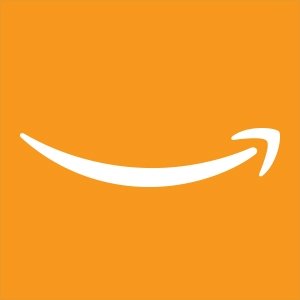How A Therapist Increased Her Income Creating Products
Hello! Who are you and what business did you start?🔗
I’m Janine Halloran, and I’m a Licensed Mental Health Counselor who has been working with children, teens and their families for almost 20 years. I run a business called Coping Skills for Kids that I started a little over 3 years ago.
Coping Skills for Kids has products and resources to help children and teens learn how to manage stress, anxiety, and anger in healthy and safe ways. Our main products include the Coping Skills for Kids Workbook and the Coping Cue Cards, which are card decks designed to help kids use their coping skills.
The business started out quite small, and now between book sales and e-commerce revenue, our gross sales are about 10k a month, which is quite exciting.

What's your backstory and how did you come up with the idea?🔗
Several years ago, my husband and I read the 4 Hour Workweek by Tim Ferriss, and were really intrigued. We started doing a lot of thinking about changing our lifestyle.
We have two children, and at the time, we were both working full-time outside of the home. It didn’t feel quite right. We wanted to be able to spend more time with our children, so we discussed moving from working outside of the home to figuring out a way one or both of us could work from home.
I had a hard time dealing with failure in the beginning. Over time, I realized that I learned the most from my failures. Even though my subscription box failed, that actually made it easier for me to launch the next products I created.
Starting an online business was a step to help us make that shift in our lives. My husband suggested that I start a website with resources and products for purchase that I created using my knowledge as a therapist, so I did that.
The first iteration of the business, which was Encourage Play, helped me make a lot of connections, and I was able to create a great online presence, but we weren’t able to generate any significant income. So my husband and I again sat down and looked at the posts that were getting the most traffic, which happened to be all about coping skills. That was the beginning of Coping Skills for Kids.
I started off with free downloads to get people onto a mailing list but I needed a product. I kept searching for a book that contained a sizable collection of coping skills, but I couldn’t find one that had what I was looking for. Since I couldn’t find it, I decided to write the book myself.
I self-published the Coping Skills for Kids Workbook, and it was selling between 100-200 copies each month. Then a well-known publishing company within my field reached out and asked if they could re-publish it under their umbrella. Sales of the book skyrocketed after that updated version of the workbook came out.
To keep the business growing, I created more products. I focused on digital products first. One product that was really popular was the digital cue cards, but several times, customers contacted me because they wanted to have a physical card deck they could purchase.
So then I decided to create the Coping Cue Cards, which has turned out to be the most successful line of products for us.
Take us through the process of designing, prototyping, and manufacturing your first product.🔗
The first thing I did was ask a colleague for a recommendation for a good graphic designer. I designed my digital cards myself, but I wanted to step it up a notch if I was going to create physical cards.
I connected with the graphic designer and we clicked right away. She understood my vision and made the cards beautiful and visually appealing.


As my designer was creating the cards, I worked to find a manufacturer. I did a lot of google searches for custom card decks and found a few US-based companies who would do small batches, starting at 250 card decks. I paid for some samples from each of the companies and picked the company I liked the best. The cards turned out beautifully.
The biggest challenge I have with my physical products is the margins. Because I started with such a small batch, I realized that my margins were really tight, given what I was charging. I increased the price and started adding in shipping costs, which helped.
The next step I’m working on is continuing to reduce the cost of the cards. As my order sizes have grown, the margins have gotten better.
I’ve also been exploring other manufacturers who have lower costs so I can improve my margins even more. This is especially tough because I want to keep manufacturing in the USA.
Again, that has meant paying for more samples to ensure the quality of the cards and boxes remain high while reducing the costs.
Describe the process of launching the business.🔗
When I started Encourage Play, I had no idea what I was doing.
Thankfully, I was using Squarespace, which is very user-friendly, and I gradually became better at it, learning about images, how to write blog posts to get more traffic to the site, etc. As part of Encourage Play, I launched a subscription box service that ended up not working. While the sub box didn’t last, the lessons I learned were invaluable.
The biggest lesson I learned is that even if you don’t know it yet, you can find a course, website, or a podcast to help you.
When I started Coping Skills for Kids, I knew way more about the importance of good product images, how to make packaging appealing, how to use blogging to drive traffic to a website, and how to make connections with other business owners. I feel like I had a much easier time getting Coping Skills for Kids off the ground because of what I had learned with Encourage Play.
The biggest lesson I learned is that even if you don’t know it yet, you can find a course, website, or a podcast to help you. I had no idea what to do with SEO, so I asked around, and found a great course on SEO, with lessons I still use today. I took a course on Facebook ads after listening to several episodes of a podcast and reading blog posts from that person that I found really helpful.
In the beginning, we put business expenses on our personal credit cards but since we became profitable in 2016, I’ve been using the profits from the business to invest back into it, buying advertising, manufacturing the card decks, and other business expenses.
Since launch, what has worked to attract and retain customers?🔗
One of the most reliable ways I’ve gotten an increase in sales is by increasing my email list. When I have a new product available or I run a discount, I send an email out to my list about it which always leads to sales.
When someone joins the list, they go into an automated funnel, at the end of which I let them know about some of the products I have. Once they are done going through the automated funnel, then they get sent to my regular list, where I share resources I’ve found, helpful hints, and when new products are coming out.
To gain email subscribers, I offer free products on my store so they have to enter an email in to get the free download.

I also run Facebook ads to gain email newsletter subscribers. I also have run a couple of giveaways to gain email subscribers. I’ve tried other ad networks with less success, but I’m always willing to try new things out.
Pinterest is great for driving organic traffic, but I haven’t cracked the code yet on ads on that platform. Also, Google is great for organic traffic (it’s our top referrer), but ads have had sporadic success. I’m in the midst of doing a google ads class, so hopefully, in a few weeks, I’ll know a bit more and can do some experimenting with that.
I also try to get my name and business out there in other ways. I speak at both online and in person conferences. I write guest blogs on related sites, and have been interviewed on podcasts. I was featured in The Skimm® newsletter in May and November, which was probably one of the biggest sources of leads/sales in 2018. All of this helps grow my profile and expand my audience.
Social media also plays a role. Because I know it’s important to have a social media presence, I have a Facebook page where I try schedule something to post daily. I also have an Instagram that I use sporadically. One of my goals is to hire someone to better manage my day to day social media.
I started blogging right from the beginning because I knew that would help build my reputation and audience but I had no idea what I was doing in terms of SEO. I wrote consistently and started to get some traction but it felt like throwing spaghetti against a wall. I started examining my google analytics to see what was performing best and tried to replicate the same sort of thing with other blog posts.
The thing that has helped me the most with SEO were two courses I took called Sticky Blogging and Sticky SEO. Kelly walks you through how to use your google analytics to determine what’s working, how to determine what keywords to aim for, and how to write so that people will want to keep reading. Once I took that, I realized that I didn’t need to blog as frequently as long as it was high quality. This knowledge helped me grow Coping Skills for Kids quickly. The first landing page I made using sticky blogging (Calming Anxiety) still drives 25k pages views to my site a month on average. On that page, I have links to some of my free and paid products, so I get sales organically.
I have a Facebook Group that’s a more intimate setting, where we talk about coping skills and self-care. That’s kind of a fun group because they all help each other out. If someone posts a question, others will often jump in and answer before I have a chance to say anything. It’s also a great place to get feedback about products or ideas for new resources my customers might like.
How are you doing today and what does the future look like?🔗
Things continue to grow at a nice pace. We’ve recently expanded into wholesale, and we’ve picked up a few wholesale clients through a manufacturer’s representative.
However, the majority of our sales are still via retail, and come through our website. We use Shopify to host our store, so that gives us access to sell on Pinterest and Amazon as well. I have a highly engaged email list of just over 12,000 subscribers, and our gross in 2018 was 4x our gross in 2017, which is phenomenal.
I just recently started using a fulfillment service, which is amazing. I was spending a lot of time shipping the products out, so now that someone else is managing that, I can put my focus back on creation.
I will be launching a podcast soon, and there are lots of new products in the works, like coloring & activity books, a Coping Skills for Teens book, and even a fidget. We’re also looking at expanding our online course offerings, and offering CE credits for professionals.
As my business has grown, I’ve been able to shift slowly over time from only working outside of the home, to mostly working at home on my business. I still work as an individual therapist for few clients but the majority of my time is focused on my business. This allows me to be present for my kids before and after school most days, which was the goal in the first place.
Through starting the business, have you learned anything particularly helpful or advantageous?🔗
When I first started my business, I knew a lot about being a therapist and how to create products that would be helpful, but not about how to get traffic to my site, or ads, or SEO.
It can feel impossible when you’re faced with tasks that you have no idea where to start. But it is good to know that you can learn to do the things that are not in your area of expertise/training. There are lots of resources out there, you just have to go looking for them.
So I searched and took courses. I learned how to write SEO friendly blogs and landing pages. I learned how to run successful ad campaigns on Facebook. I learned how to make a wholesale catalog.
It can feel impossible when you’re faced with tasks that you have no idea where to start. But it is good to know that you can learn to do the things that are not in your area of expertise/training. There are lots of resources out there, you just have to go looking for them.
I had a hard time dealing with failure in the beginning. Over time, I realized that I learned the most from my failures. Even though my subscription box failed, that actually made it easier for me to launch the next products I created.
I had a much better sense of what worked and what didn’t, and used that knowledge to guide my business. Things won’t be successful all the time, but perhaps there are lessons that can be gleaned from that imperfection that can help you in the future.
What platform/tools do you use for your business?🔗
I use Shopify as my store, and I just started using Fulfillrite as my shipping company. I have a ton of other apps on Shopify, like Digital Downloads to manage my digital products, Pre-Order Hero to handle when I’m taking pre-orders for a product, and Nice to show recent orders to visitors on my store.
I also use Post-Purchase Surveys by Enquire to get a little more information about where my customers have come from.
For email, I use ConvertKit, which integrates with Shopify. For social media, I use Tailwind to schedule Pinterest, and I use the Facebook scheduler to schedule posts there.
To keep track of my ideas and outlines for blog posts or podcasts, I use Evernote. I use Remember the Milk to track to do lists for everything in my life. And I use a paper planner to manage my day to day. I recently went back to the Brilliant Life Planner and I love it.
What have been the most influential books, podcasts, or other resources?🔗
The 4 Hour Workweek by Tim Ferriss - This book made me think differently about jobs, career, and what I wanted my life to look like.
Rework by Jason Fried and Jason Heinemeier Hansson - I listen to this book every once in a while when I need inspiration or when I get stuck. It helps me think differently about my business.
Side Hustle School Podcast with ChrisGillebreau - The episodes are short which is great, but I always feel like I can find good nuggets of advice I can apply to my own business. (Plus I was featured on two episodes!)
How I Built This with Guy Raz - This podcast features super successful business people, like the people who founded FUBU, Stripe, Airbnb, Five Guys, Larabar, etc. I get inspired when I hear the stories about where things went wrong, and how they persevered.
Advice for other entrepreneurs who want to get started or are just starting out?🔗
It’s hard to run a business alone, so find support to help you, whether it’s with peers or mentors. I worked with other small business owners as part of a mastermind group for a while, and that was very helpful. I recently started using a mentor through SCORE, which has been phenomenal.
These are business people who have a lot of experience and can give advice and direction. But remember, at the end of the day, it’s still your business. If someone’s advice doesn’t resonate with you, you don’t have to do it.
Once you get started, take time periodically to examine how things are going and figure out where you want to go in the future. My husband and I started carving out a weekend every 6 months to just focus on the big picture of the business, look at the progress, what worked and what didn’t and make a plan for the next several months.
It’s been helpful to have that to check in, make course corrections, and figure out the next big thing that we should focus on.
Are you looking to hire for certain positions right now?🔗
I’m looking for a social media manager, for just a few hours a week. I need someone to help me create graphics for social media, schedule Facebook & Instagram posts, and pin to Pinterest using Tailwind.
Where can we go to learn more?🔗
- copingskillsforkids.com
- Facebook: facebook.com/copingskillsforkids
- Instagram: @copingskillsforkids
- Email: info@copingskillsforkids.com
If you have any questions or comments, drop a comment below!

Download the report and join our email newsletter packed with business ideas and money-making opportunities, backed by real-life case studies.

Download the report and join our email newsletter packed with business ideas and money-making opportunities, backed by real-life case studies.

Download the report and join our email newsletter packed with business ideas and money-making opportunities, backed by real-life case studies.

Download the report and join our email newsletter packed with business ideas and money-making opportunities, backed by real-life case studies.

Download the report and join our email newsletter packed with business ideas and money-making opportunities, backed by real-life case studies.

Download the report and join our email newsletter packed with business ideas and money-making opportunities, backed by real-life case studies.

Download the report and join our email newsletter packed with business ideas and money-making opportunities, backed by real-life case studies.

Download the report and join our email newsletter packed with business ideas and money-making opportunities, backed by real-life case studies.

